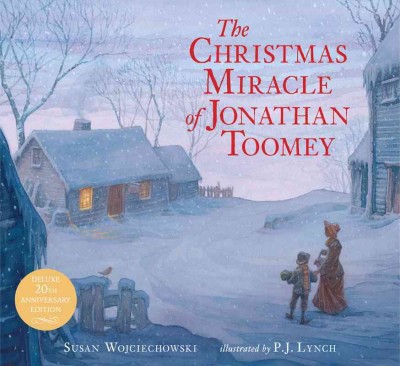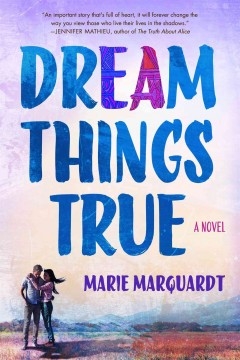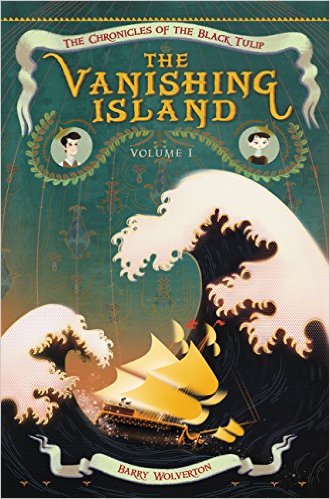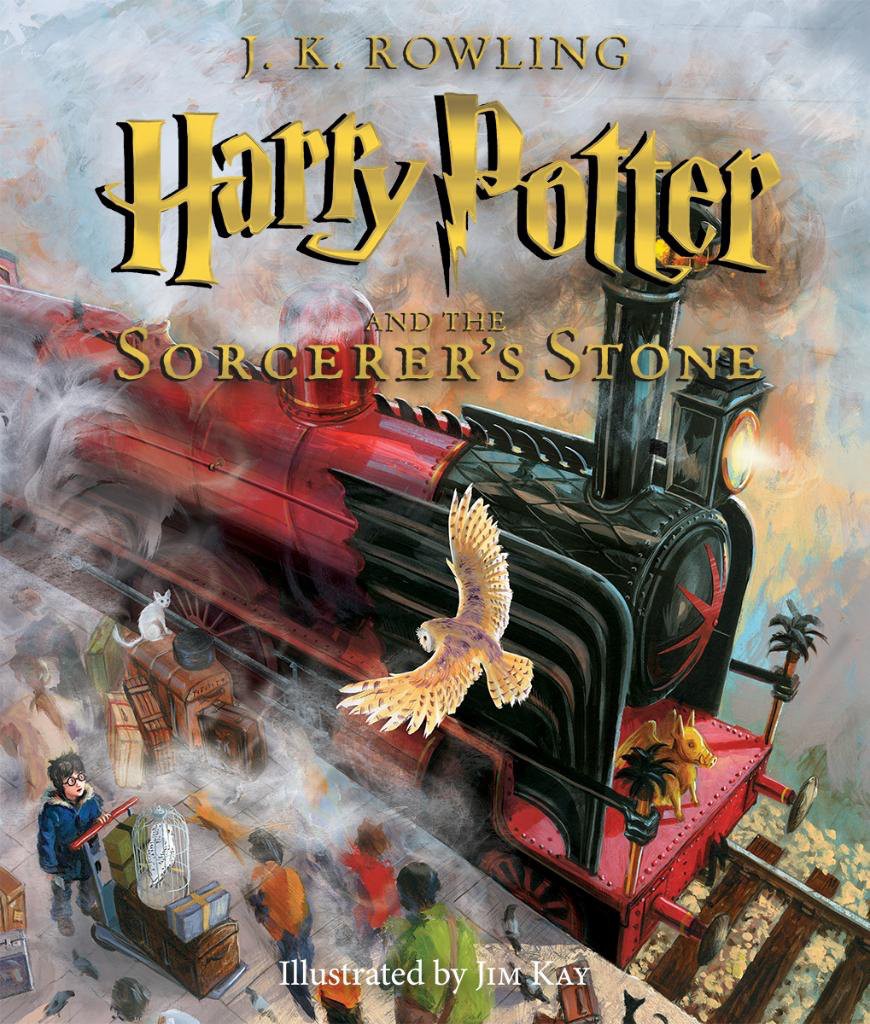Last month, we showed you our favorite fiction books from 2016. This time, we’re back to tell you what our favorite nonfiction books were. From Churchill to Hitler, from art to music, from the frontier to the boudoir, our picks were all over the place, but they all have a place on your shelf in 2017. Come to the store and ask us about our favorites–we’ll tell you all about them!
- John Evans, bookstore owner – Hero of the Empire by Candice Millard
- Kelly, general manager – Grit: The Power of Passion and Perseverance by Angela Duckworth
- Austen, operations manager – Hitler: Ascent 1889 – 1939 by Volker Ullrich
- Lisa, first editions manager – Absolutely on Music by Haruki Murakami
- Hillary, front desk supervisor – Trials of the Earth by Mary Mann Hamilton
-
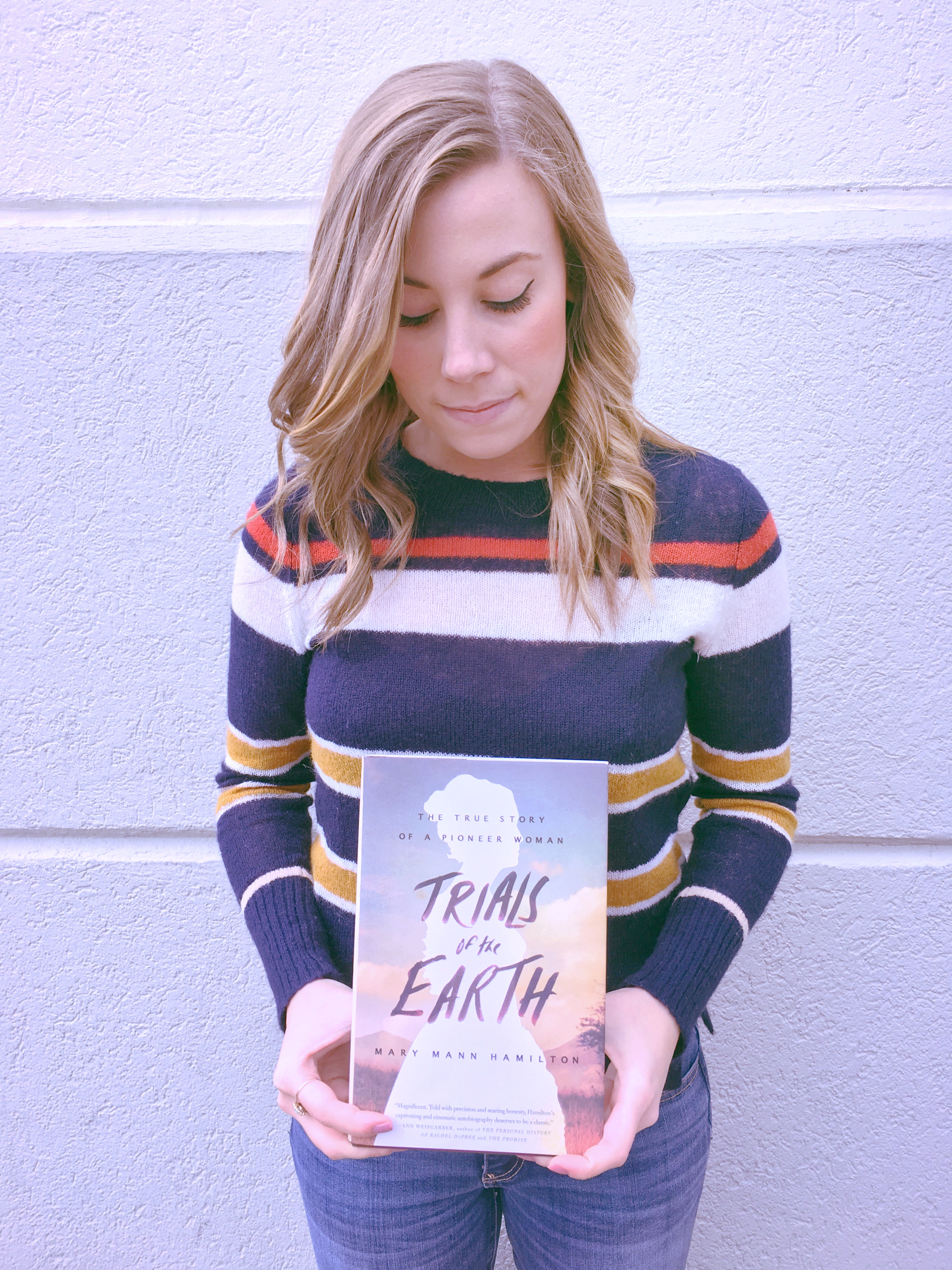 For what small amount of education she had during her life, Hamilton has created a beautifully written book about her time as a pioneer women in the Mississippi Delta. Throughout this time in her life, she encounters a flood that completely washes away her home and the family’s logging camp, buries children, and deals with her husband’s secretive life and drinking problem. Hamilton is a fierce woman that I found absolutely fascinating.
For what small amount of education she had during her life, Hamilton has created a beautifully written book about her time as a pioneer women in the Mississippi Delta. Throughout this time in her life, she encounters a flood that completely washes away her home and the family’s logging camp, buries children, and deals with her husband’s secretive life and drinking problem. Hamilton is a fierce woman that I found absolutely fascinating. - Clara, Oz manager – Mad Enchantment by Ross King
- Abbie, fiction supervisor – Present Over Perfect by Shauna Niequist
- Julia, First Editions Club supervisor – You Will Not Have My Hate by Antone Leiris
- Andrew, blog supervisor – Scrappy Little Nobody by Anna Kendrick
- Ellen, bookseller – The Voyeur’s Motel by Gay Talese
-
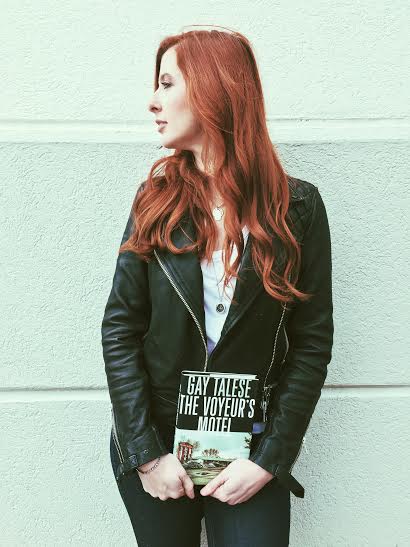 The Voyeur’s Motel is an amazing work of narrative journalism which I could not put down. The majority of this book is from the titular voyeur Gerald Foos’ actual journals and notes, which were extremely fascinating. Basically, Foos spent the majority of his time writing down any and everything that he watched from his voyeuristic “observation deck” and shared those thoughts with Gay Talese. Fascinating read.
The Voyeur’s Motel is an amazing work of narrative journalism which I could not put down. The majority of this book is from the titular voyeur Gerald Foos’ actual journals and notes, which were extremely fascinating. Basically, Foos spent the majority of his time writing down any and everything that he watched from his voyeuristic “observation deck” and shared those thoughts with Gay Talese. Fascinating read. - Katie, bookseller – Shrill: Notes from a Loud Woman by Lindy West
-
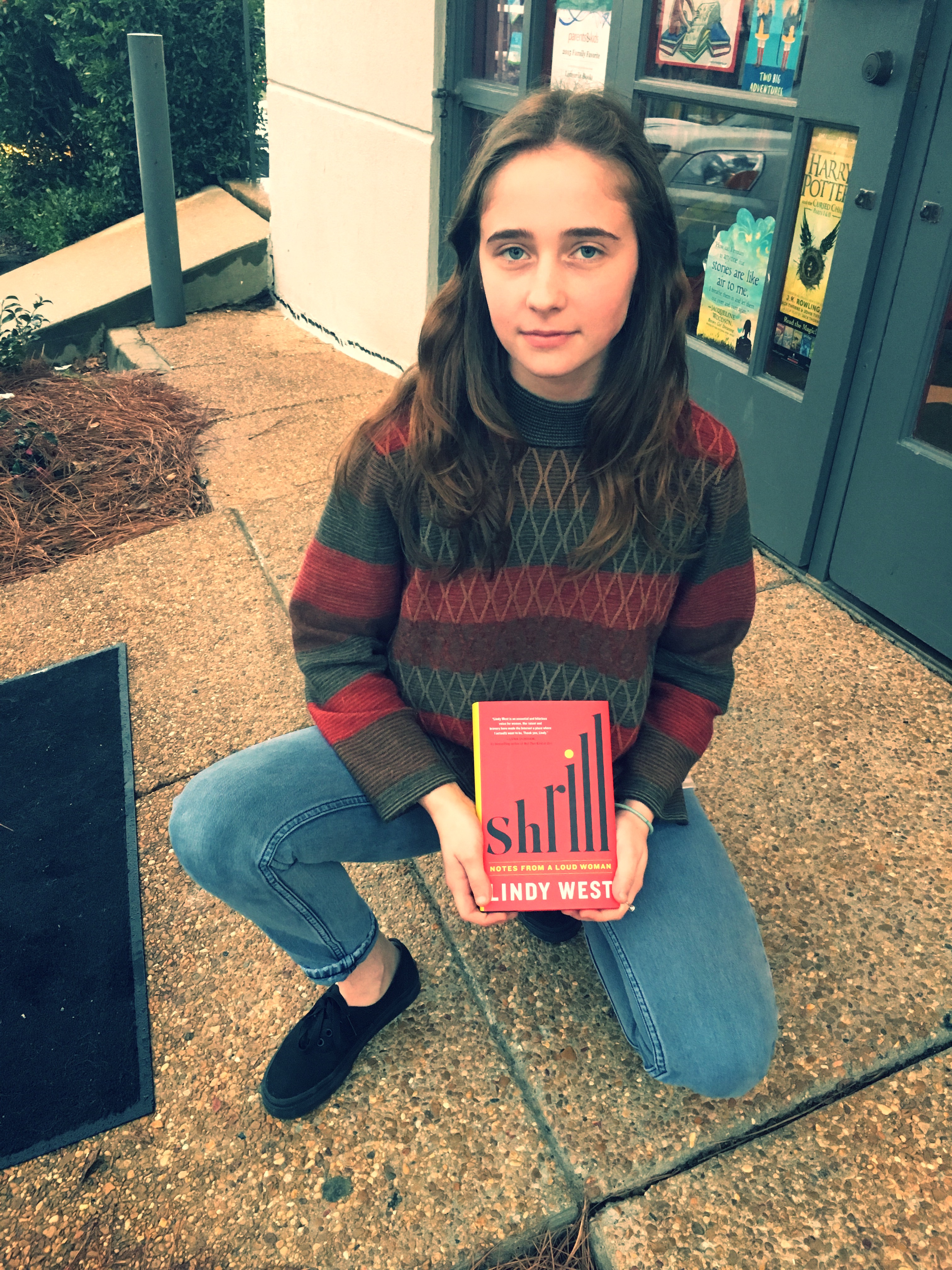 Lindy West is an outspoken, confident, intriguing woman in our world today. Shrill tells the story of Lindy’s life, her accomplishments and failures, and her highs and her lows. Her story is insanely inspiring and relatable, touching on the many struggles that women are still facing today. Lindy is a role model to me and many others, and I know she could be one to you, too.
Lindy West is an outspoken, confident, intriguing woman in our world today. Shrill tells the story of Lindy’s life, her accomplishments and failures, and her highs and her lows. Her story is insanely inspiring and relatable, touching on the many struggles that women are still facing today. Lindy is a role model to me and many others, and I know she could be one to you, too. - Jamie, bookseller – March by John Lewis
- Matt K., bookseller – The Voyeur’s Motel by Gay Talese
- Alex, bookseller – The Fire This Time edited by Jesmyn Ward
- James, bookseller – Trials of the Earth by Mary Mann Hamilton
- Diane, Oz bookseller – The Journey That Saved Curious George by Louise Borden
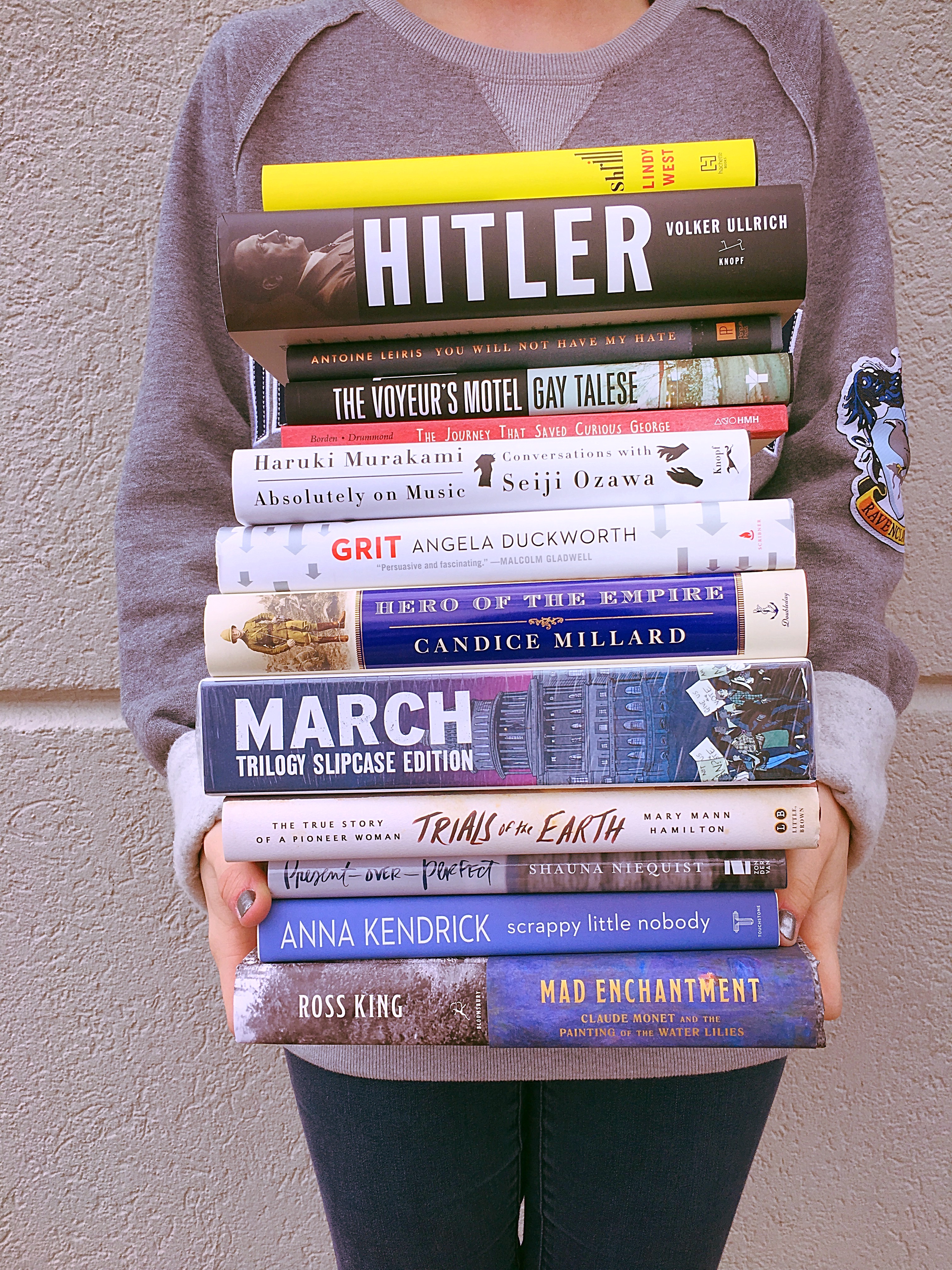


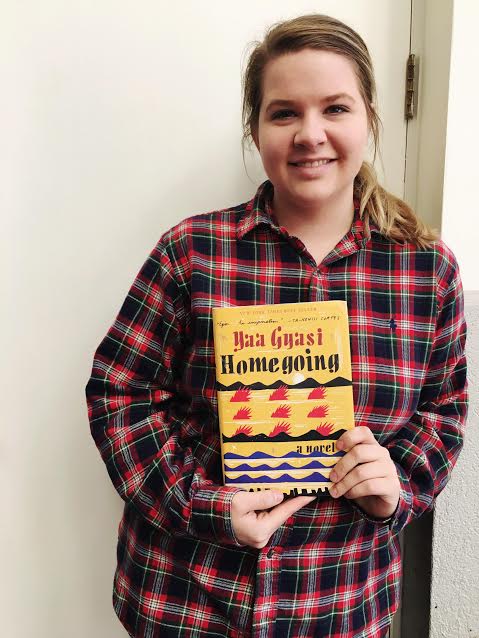 “Homegoing is about the families of two sisters, one of whom marries a slaver, and one who is taken into slavery. It is a story that spans generations that is for every generation. You’ll fall in love with every character. Gyasi weaves together a compelling and beautiful tale. ” – Abbie
“Homegoing is about the families of two sisters, one of whom marries a slaver, and one who is taken into slavery. It is a story that spans generations that is for every generation. You’ll fall in love with every character. Gyasi weaves together a compelling and beautiful tale. ” – Abbie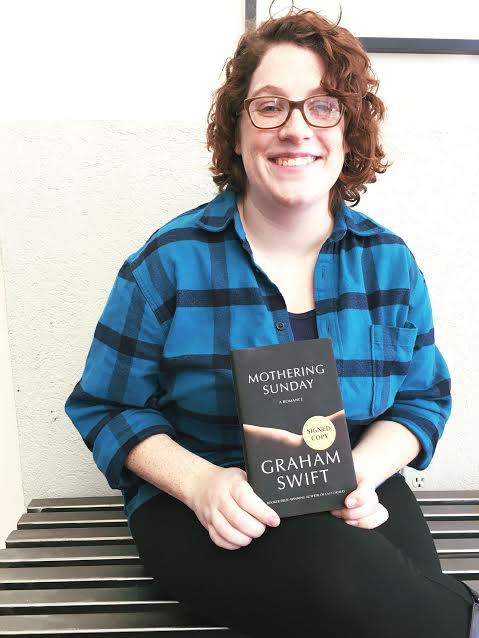 Mothering Sunday is a short and fabulous book about
Mothering Sunday is a short and fabulous book about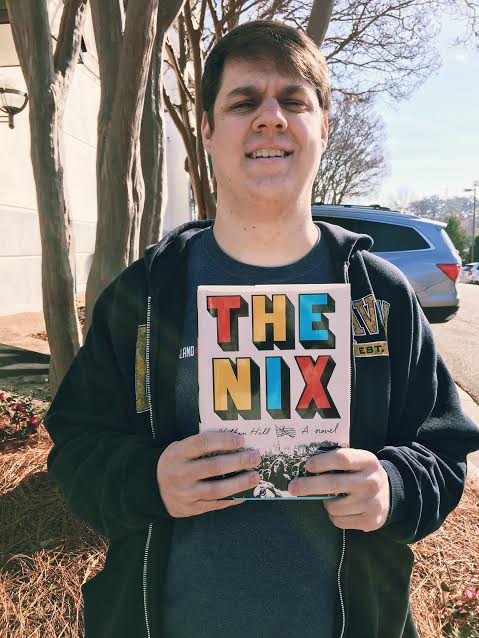 The Nix is a spectacular debut novel about a writer searching for the truth about the mother who abandoned him, only to make headline news decades later. The tone alternates between comic and serious, and and it expertly captures the zeitgeist of both the 2010s and the 1960s. Hill does such a good job writing from multiple perspetives. – Andrew
The Nix is a spectacular debut novel about a writer searching for the truth about the mother who abandoned him, only to make headline news decades later. The tone alternates between comic and serious, and and it expertly captures the zeitgeist of both the 2010s and the 1960s. Hill does such a good job writing from multiple perspetives. – Andrew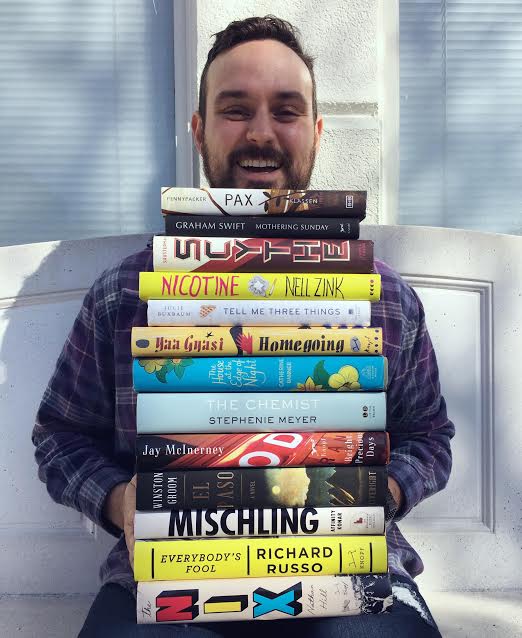
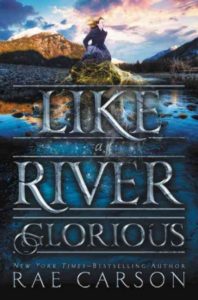 I’ve been in a reading funk for a little bit. Yep, it even happens to us booksellers. I just couldn’t get into any of the books I was picking up lately. So, I did what I always do to get out of said “funk”…I went to our young adult section and asked Clara to just go nuts and hand me books. Because, hey…..that section is just plain fun. Sure enough, she handed me an advance copy of the second book in Rae Carson’s The Gold Seer Trilogy,
I’ve been in a reading funk for a little bit. Yep, it even happens to us booksellers. I just couldn’t get into any of the books I was picking up lately. So, I did what I always do to get out of said “funk”…I went to our young adult section and asked Clara to just go nuts and hand me books. Because, hey…..that section is just plain fun. Sure enough, she handed me an advance copy of the second book in Rae Carson’s The Gold Seer Trilogy, 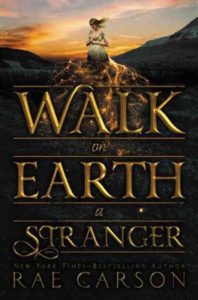 The Gold Seer Trilogy begins with the first book,
The Gold Seer Trilogy begins with the first book, 
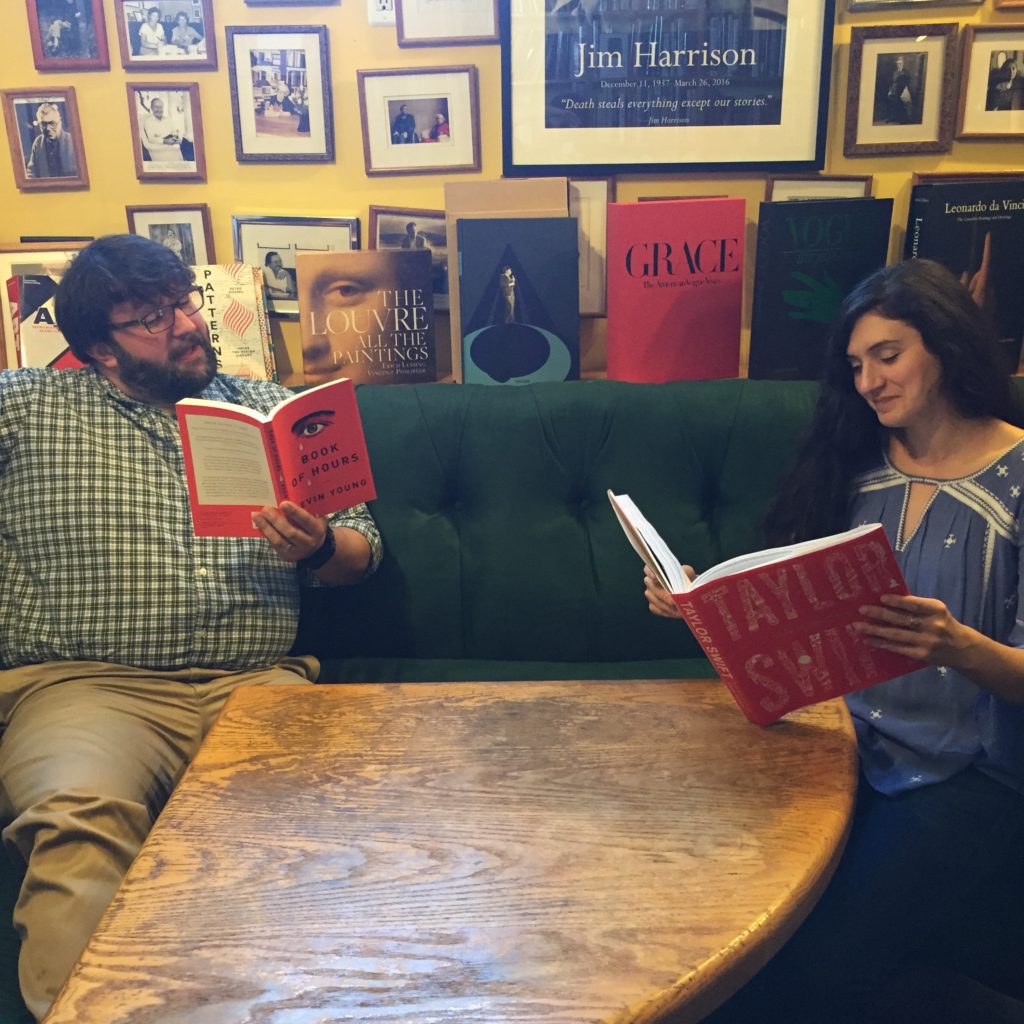
 Earlier this week, Gene Luen Yang was appointed the National Ambassador for Children’s Literature. Having heard Yang speak at the Children’s Book Festival in Hattiesburg in April of 2015, this news comes as a delight. His presentation was engaging, made everyone laugh, and I’ve never seen so many librarians queue up to buy a graphic novel. They were sold out minutes after his speech. With his friendly demeanor and an innate ability to teach, whether it is about the history of superheroes in comics—Superman was also an alien immigrant—or teaching history (the Boxer Rebellion) or coding, Yang’s range and appeal is wide and varied. There is one constant, though. Gene uses illustrations, comic-strips, in fact, to tell his stories.
Earlier this week, Gene Luen Yang was appointed the National Ambassador for Children’s Literature. Having heard Yang speak at the Children’s Book Festival in Hattiesburg in April of 2015, this news comes as a delight. His presentation was engaging, made everyone laugh, and I’ve never seen so many librarians queue up to buy a graphic novel. They were sold out minutes after his speech. With his friendly demeanor and an innate ability to teach, whether it is about the history of superheroes in comics—Superman was also an alien immigrant—or teaching history (the Boxer Rebellion) or coding, Yang’s range and appeal is wide and varied. There is one constant, though. Gene uses illustrations, comic-strips, in fact, to tell his stories.
